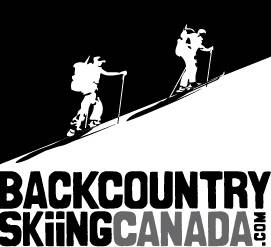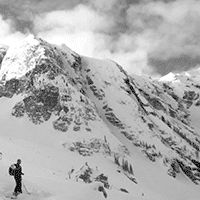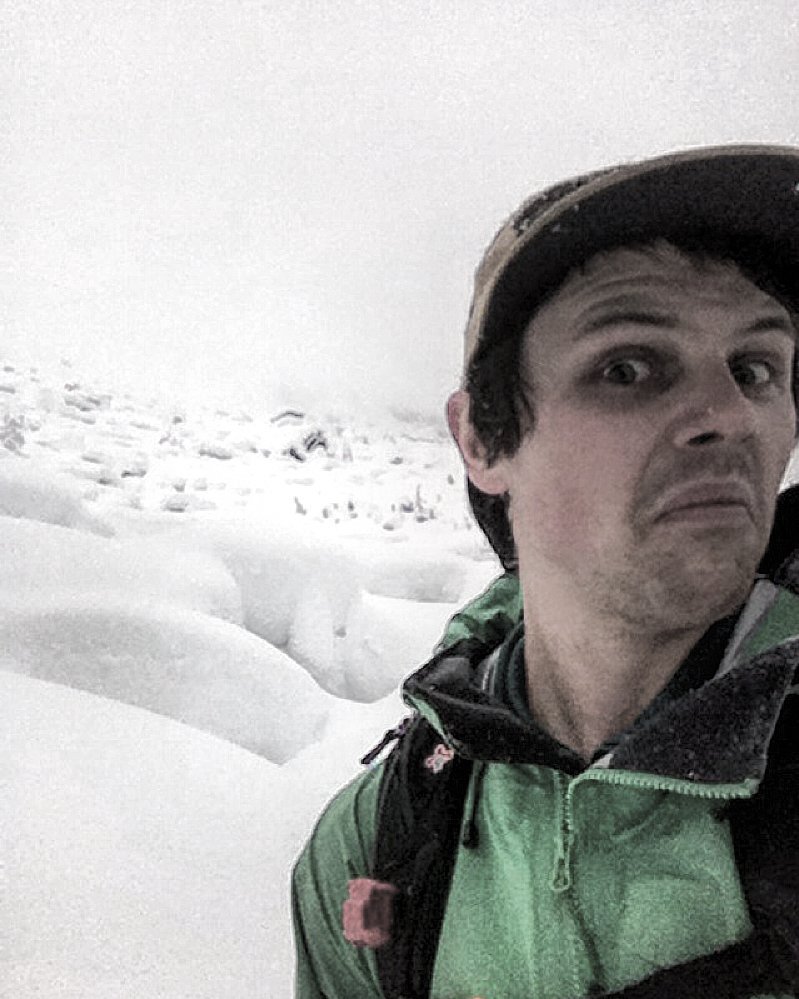Avalanche Canada's new Spring Icon and what you need to know
Just like that winter 2015/2016 is behind us. That doesn't mean we are doing skiing for the year but it sure does mean winter has departed. We can remember it fondly but it's time to look around for some bigger objectives because it's spring and with spring comes good stability, kinda. It's no secret that when a snowpack enters the melt-freeze cycle that things are generally “ good to go” when we have a good recovery overnight but things change rapidly and sometimes recoveries simply don't happen. This is difficult to convey in a public avalanche bulletin when the hazard can be low in the morning and high shortly after sandwhich time. Avalanche Canada and Parks Canada have adopted a new icon for forecasting during these spring melt-freeze cycles. Here's what you need to know.

From Avalanche Canada;
This icon is used when melt-freeze conditions are prevalent in a region. In melt-freeze conditions, danger is relatively low when surface snow is well frozen and a thick (generally at least 10-15cm) crust at or near the surface “cap” the snowpack. When temperatures rise and this crust breaks down, danger increases. This cycle is usually diurnal with lesser danger late at night and in the morning followed by greater danger in the afternoon and evening. Generally, once a region is considered to be in a melt-freeze state, the spring conditions icon will stay in place for the remainder of the season. However, if the weather changes back to more winter-like conditions we may go back to the normal winter danger ratings until things warm up and we return to spring conditions again.
In spring conditions, danger can change from Low to High very rapidly, sometimes in a matter of minutes. The actual danger levels attained, timing and speed of changes, and the type of avalanche problem that might be encountered are driven by solar radiation, air temperatures, sky cover, rainfall, and snowpack characteristics. Also keep in mind that due to the influence of elevation, aspect, slope incline, and slope configuration, conditions on slopes above and around you can be significantly different than what you may be currently seeing and feeling.
They have publish a great overview of what spring conditions are and how they vary based on the on the current weather. That information can be found here. https://avalancheca-assets.s3.amazonaws.com/spring_ovw.pdf









